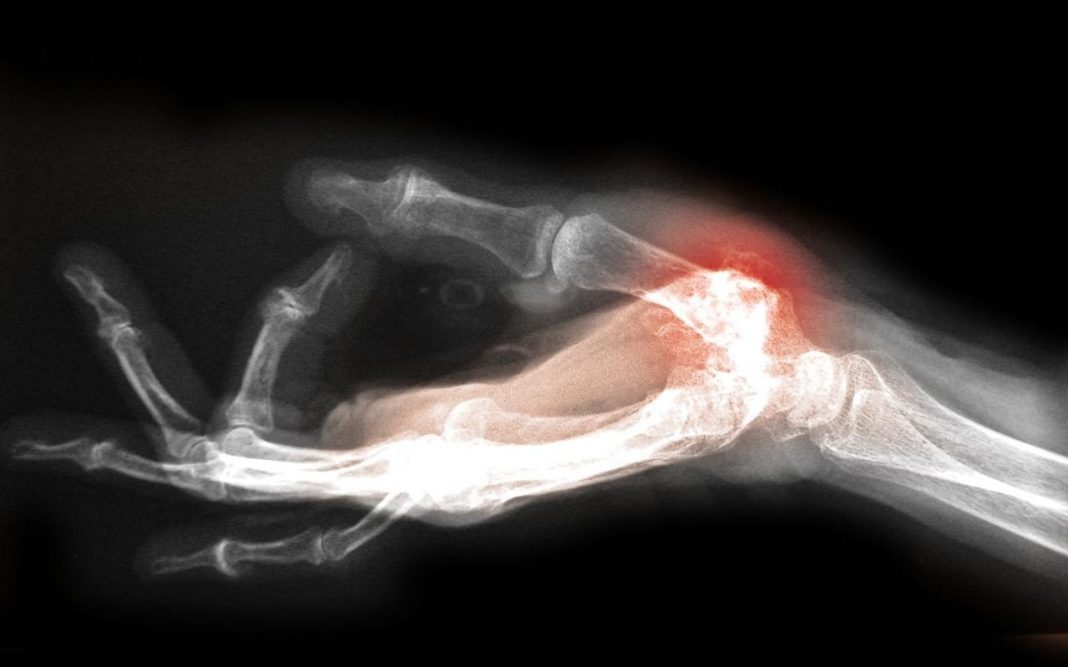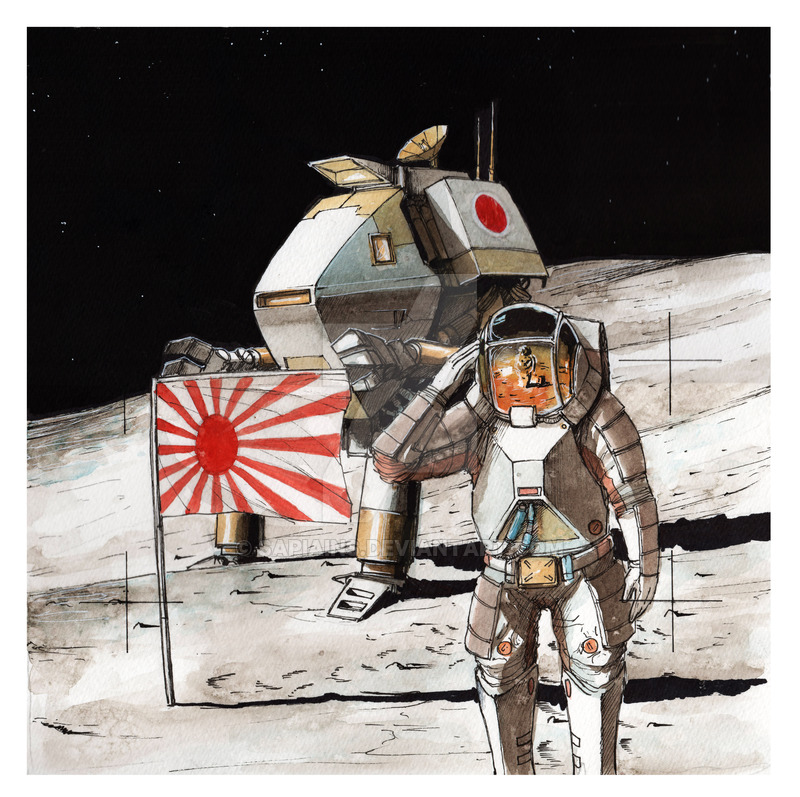Although early human life began on the warm continent of Africa, deep in the genetic code was all our ancestors would need to survive in the relatively cooler climes of Europe and Asia that they migrated too. However, within the same code hid agonizing conditions that millions of people suffer today.
In a new study published in Nature Genetics, scientists have discovered that the gene mutation that aided early humans in the survival against frigid temperatures and injurious frostbite also raises the chances of developing the debilitating condition of arthritis.
Scientists from Harvard and Stanford universities have found that a variety of the GDF5 gene, the gene connected to the growth of bones and the formation of joints, carry two possible mutation effects. The mutations can diminish the length of bones, and as a result also height, and it increases the risk of osteoarthritis, making it up to twice as likely in those with the mutation.
“It’s clear that the genetic machinery around a gene can have a dramatic impact on how it works,” says Terence Capellini, a human evolutionary biologist at Harvard University.
“The variant that decreases height is lowering the activity of GDF5 in the growth plates of the bone. Interestingly, the region that harbors this variant is closely linked to other mutations that affect GDF5 activity in the joints, increasing the risk of osteoarthritis in the knee and hip.”
During the study, the research team detected an unexplored area of the DNA segment around gene GDF5 called GROW1. It is in this region that the team uncovered a nucleotide mutation more common in Asians and Europeans than in Africans.
The suppositions are that the genetic difference, prevalent in half of those of Asian or European descent, was optimal when humans migrated from Africa around 50,000 to 100,000 years ago offering some type of physical benefit for those making the trip.
“Because it’s been positively selected, this gene variant is present in billions of people,” says David Kingsley, a developmental biologist from Stanford University.
“So even though it only increases each person’s risk by less than twofold, it’s likely responsible for millions of cases of arthritis around the globe.”
So it doesn’t seem obviously beneficial to be shorter in colder climes, especially if it’s accompanied by a painful condition later in life, the current hypothesis is that a compact physique overall reduced the chance of breaking a bone during the harsh migration and such an asset outweighed the later inconvenience of osteoarthritis.
“It’s possible that climbing around in cold environments was enough of a risk factor to select for a protective variant even if it brought along an [increased] likelihood of an age-related disease like arthritis, which typically doesn’t develop until late in life,” explains Kingsley.
Additionally, being shorter may have made the cold weather easier to bear due to the smaller limbs and less available skin exposure.
“Limb proportions in many endothermic animals follow a classic geographic pattern called Allen’s rule, in which species at higher, colder latitudes evolve shorter distal appendages than do closely related species at lower, warmer latitudes,” the paper explains.
“Shorter appendages conserve body heat and lessen the risk of frostbite in extremities in colder environments.”
At this point the study authors note that these possibilities are mostly speculation but this is not the only this particular genetic preference has happened, indicating some kind of purposeful benefit behind the occurrence.
Even early humans, notably Denisovans and Neanderthals, once made their own migrations out of Africa and further analysis of their DNA show the same GROW1 variation, showing an even earlier preference.
Though osteoarthritis is not something most of us look forward to, in a strange way we should perhaps be thankful. There is a high chance that without the gene variation that leads to the condition, many more of us wouldn’t be here today.
Related Links;
- The Mutation That Helped Ancient Humans Survive Frostbite Probably Gave Us Arthritis
- Ancient selection for derived alleles at a GDF5enhancer influencing human growth and osteoarthritis risk
- In northern humans, evolution favored shorter bones — but with a painful trade-off
More News to Read











